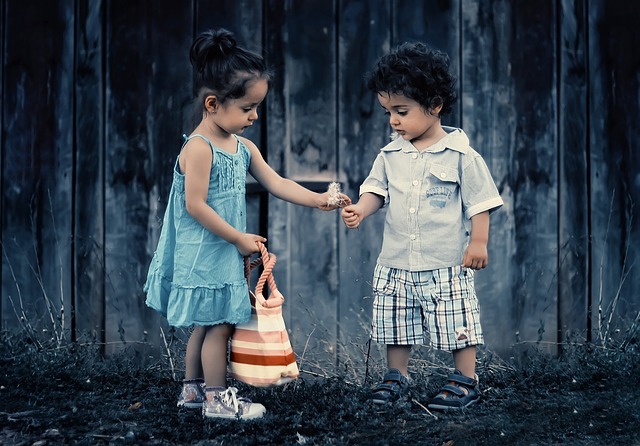It’s a given that we live in a diverse society where our children are exposed to people from different cultures and background. It’s natural for children to wonder about those that are different from them in some areas. You need to show them that the differences in cultures, beliefs, and religions just serve to enrich our lives and bring color to the world.As a parent, you can help shape your child to be more tolerant and accepting of others when you instill values and create opportunities for your child to communicate with people from different backgrounds. Talk to your child about the value of diversity. We can define a healthy social and emotional development by the culture and environment wherein a child is raised, and it is different from child to child. Children begin identifying parts of a group depending on race, ethnicity, religion or other associations.You need to teach your child about diversity by laying to him that even when he or she is in a group, people are naturally different and that there isn’t a standard that defines one person as better than the others. Also, you can ask your child how he or she would feel if all of his toys were alike or if all of the crayons in were the same color.
Talk to your child about the value of diversity. We can define a healthy social and emotional development by the culture and environment wherein a child is raised, and it is different from child to child. Children begin identifying parts of a group depending on race, ethnicity, religion or other associations.You need to teach your child about diversity by laying to him that even when he or she is in a group, people are naturally different and that there isn’t a standard that defines one person as better than the others. Also, you can ask your child how he or she would feel if all of his toys were alike or if all of the crayons in were the same color.
One of the best ways you can get them to do this is by admitting them in an international school. Here, they will be able to interact with children from different cultures and nationalities. This will allow them to learn more about diverse cultures and gain a familiarity with the customs and values. At the end of the day, this will help them become global citizens.
Teach your child to respect other people. Whether his classmate has two dads or moms, lives with their grandparents, or even from a biracial family, or lives with different physical capabilities, your child will have to encounter classmates and people in general who are different from him. For instance, when talking with your child about physical differences, try and keep your explanations simple, like,
I’m a 20-something stay-at-home mother and wife. I have an amazing husband, a beautiful daughter, two loving dogs, and a lazy cat. I wouldn’t change my life for anything! I love to read, listen to music, cook and blog!

Speak Your Mind